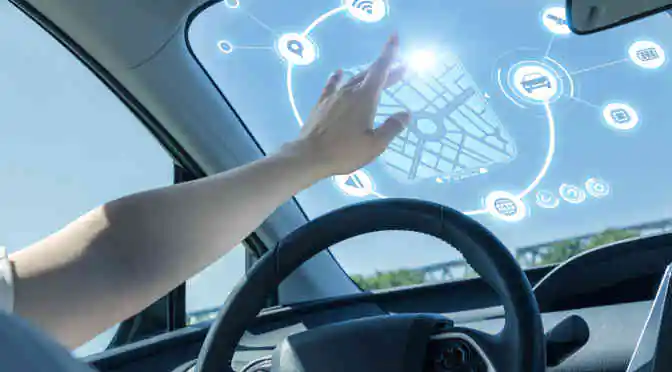We’ve written before about indoor location-based services and the speed at which this technology is taking off.
But what we haven’t touched on yet is the fact that indoor positioning and indoor navigation (IPIN) is less about the benevolent goal of helping you get where you’re going, and much more about selling you stuff.
According to new research by Technavio, the global IPIN market is expected to reach $3.89 billion by 2020, growing at a cumulative average growth rate of 42.59%.
Retail is currently the biggest segment in the market, because less time spent searching for stores means more time spent in store. And once consumers get to their destination, beacons and other IPIN technology can be used to help direct them straight to the product they’re looking for (and other related products they never knew they needed).
And while segments like healthcare are expected to see significant uptake of IPIN systems, retail will remain a dominant force in the market over the projected period.
Global BLE-based beacon shipments by application category 2015
Source: Technavio, 2015
Six sneaky technologies that stores are using to target customers
Television, online ads, billboards—companies have so many resources through which they can push their ads on unsuspecting consumers. And now more and more organizations are taking advantage of smartphones as a way to directly reach potential customers with targeted, individualized ads.
Increased deployment of Wi-Fi hotspots is going a long way to enabling this kind of advertising.
Estimated global Wi-Fi hotspots deployment 2014-2019 ($ millions)
Source: Technavio, 2015
The increased availability of both indoor and outdoor public hotspots is helping users connect to retail apps through their smartphones at any moment, which gives retailers an opportunity to target potential customers in the vicinity.
Now, generally users have to connect with a Wi-Fi hotspot in order for retailers to advertise to them. But stores have many other tricks up their sleeves as soon as potential customers step through the door.
Video cameras
Cameras are by far the longest-standing technology in this segment. Video cameras have been widely deployed in retail stores and commercial buildings to record employee and customer movements both for security and for analytics reasons.
Wi-Fi
A person’s location can be identified using indoor triangulation, or Wi-Fi fingerprinting, that uses a database of hotspots to compare a smartphone’s location with the existing locations in the database.
Beacons and sensors
Beacons are low-cost nodes that are used in retail stores to detect a customer’s point of interest and promote proximity-based advertising. They use BLE technology to deliver content directly to smartphones and tablets. Beacons can also ensures quicker checkouts through contactless payments by sending relevant information to a customer’s smartphone.
Beacons are getting a lot of attention at the moment, since they are relatively easy to deploy and can significantly enhance a user experience. In addition to rapid adoption in retail, beacons are seeing action from airports, museums, event spaces and commercial buildings thanks o their easy turn-by-turn navigation services.
Magnetic field energy
The fluctuations in ambient magnetic fields in modern buildings can be analyzed for indoor positioning. Distortions due to the presence of massive objects can be compensated for to get accurate results.
Acoustic/audio
Audio signals are transmitted through radio, TV, and in-store music channels. These signals trigger in-store sensors that locate customers and send relevant push notifications to their smartphones within the range of the signal.
LED lighting
The LED fixtures deployed throughout retail stores emit an invisible light signal that is detectable by smartphone cameras. This technology helps triangulate the location of customers who use smartphones in stores.



